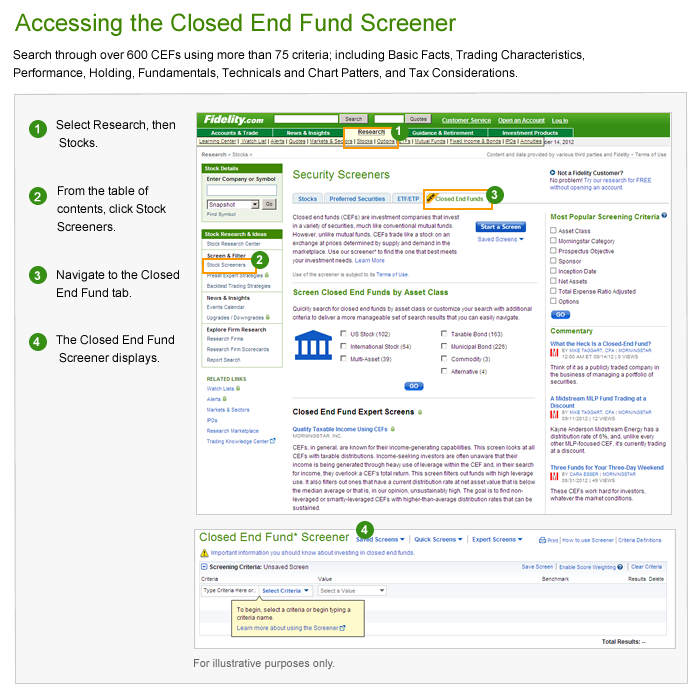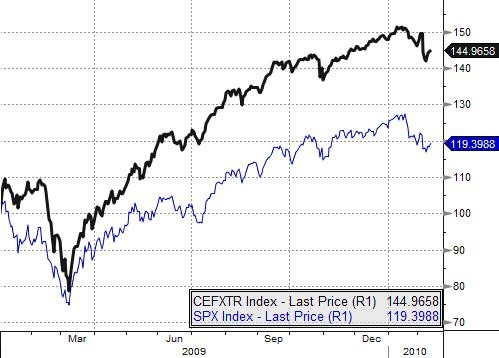Closed End Funds Vs ETFs Which is Right For You
Post on: 18 Июнь, 2015 No Comment

Confusion is prevalent in the investment community concerning the difference between Closed End Funds CEFs and Exchange Traded Funds ETFs. The upsurge in popularity of ETFs actually pushing them into the realm of the most heavily traded stocks; combined with the close similarities with CEFs has only added to the confusion. This article will describe the differences and similarities between ETFs and CEFs so you can make an informed decision about what instrument is best for you and your investment goals.
Click here to learn how to utilize Bollinger Bands with a quantified, structured approach to increase your trading edges and secure greater gains with Trading with Bollinger Bands® A Quantified Guide.
Lets start out by defining our terms. An ETF is a portfolio of stocks, bonds, options, and/or other instruments that trades as one stock on a stock exchange. They are designed to closely track a particular index, sector or group. The first ETFs were built to follow the S&P 500 and were called ^SPY^. Next came the Nasdaq 100 tracking ETF, the QQQs now ^QQQQ^. The launch of these products was extremely successful triggering a myriad of literally 100s of ETF releases. Financial mad scientist types started designing ETFs that tracked practically everything from the price of gold (the ^GLD^) to small caps (the ^IWM^) to allowing you to leverage 3x short on the energy sector (^ERY^). And everything in between.
A Closed End Fund CEF and an ETF can appear very similar with just a cursory look, however they are actually very different. The term closed means that once the capital is raised for the fund, no more shares are available for investors. It is closed to new investment. Both ETFs and CEFs are traded on a stock exchange, contain a portfolio of instruments, and try to track a particular theme. Forms of closed end funds include sector equity funds such as ^GTU^, ^GUT^, and ^GCS^, and often include exotic strategies like option arbitrage.

But this is where the similarities end. The primary differences for investors include the fact that ETFs are passively managed and CEFs are actively managed. In addition, the exact portfolio that makes up the ETF is public knowledge, whereas the ingredients in a CEF are normally not publicly known at all times. Awareness of what the fund contains is critical for institutional investors, as arbitrage opportunities can exist between the ETF and the underlying portfolio. This arbitrage forces the ETF to closely track the NAV of the underlying portfolio. CEFs do not contain this inherent control mechanism, therefore they rarely trade near their NAV making deep analysis difficult. In addition, there are a variety of taxation differences between CEFs and ETFs but taxes are beyond the scope of this article. My research indicates confusion still is rampant on the internet between these two products. An easy way to differentiate, when researching potential investments, is if the information contains the term closed end it is a CEF and not an ETF.
David Goodboy is Vice President of Business Development for a New York City based multi-strategy fund. Read his blog at marketsurfer.com .














